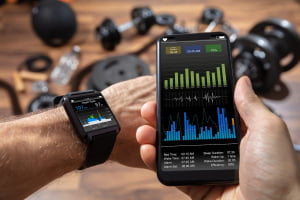How Wearables And Hearables Are Becoming Part Of Healthcare

Wearable technology has been around for a while now and more and more people are using gadgets like Fitbits and Apple Watches in their daily lives. As well as wearable tech, there’s also hearable tech – items like hearing aids and earbuds.
All of these things have applications in healthcare and as a result this technology is increasingly being integrated into patient care plans, Ambra Health recently explained.
The organisation pointed out that the Apple Watch 4 and 5 have the ability to carry out an electrocardiogram with an ECG app, while a new smart watch has been released this year which is the first that’s capable of monitoring your blood pressure.
It’s obvious that giving patients the ability to monitor these aspects of their health will bring benefits to their lives, from helping them feel in control to relieving pressure on health services that would otherwise need to schedule monitoring appointments.
Hearable technology will, naturally, help those who suffer from hearing loss. But these devices are also becoming increasingly sophisticated in what they can offer. There are products that monitor heart rates, physical and brain activity and even body temperature.
Sharing this kind of patient data via medical cloud storage could mean that people receive help quicker and are diagnosed with potentially serious health problems much sooner than they would otherwise be.
Last month, Verdict Medical Devices highlighted some of the regulatory challenges facing those in the wearable healthcare tech market, including data privacy and security.
It noted that, in the EU, the GDPR legislation has made it easier for users to control what data an app accesses, while the companies that develop the technology have to follow a “data protection by design and default” process with all of their innovations.